The Federal Reserve’s preferred inflation measure on Friday provided the latest sign that price pressures are easing, a trend that is expected to fuel further Fed interest rate cuts this year and next.
Prices rose just 0.1% from July to August, the Commerce Department said, down from the previous month’s 0.2% increase. Compared with a year earlier, inflation fell to 2.2%, down from 2.5% in July and barely above the Fed’s 2% inflation target.
Excluding volatile food and energy costs, so-called core prices rose just 0.1% from July to August, also down from the previous month’s 0.2% increase. Compared with 12 months earlier, core prices rose 2.7% in August, slightly higher than in July.
With inflation having tumbled from its 2022 peak to barely above the Fed’s 2% target, the central bank last week cut its benchmark interest rate by an unusually large half-point, a dramatic shift after more than two years of high rates. The policymakers also signaled that they expect to reduce their key rate by an additional half-point in November and in December. And they envision four more rate cuts in 2025 and two in 2026.
Friday’s report also showed that Americans’ incomes and spending ticked up only slightly last month, with both rising just 0.2%. Still, those tepid increases coincide with upward revisions this week for income and spending figures from last year. Those revisions show that consumers are in better financial shape, on average, than had been previously reported.
 GET DAILY REPORT FREE
GET DAILY REPORT FREE


